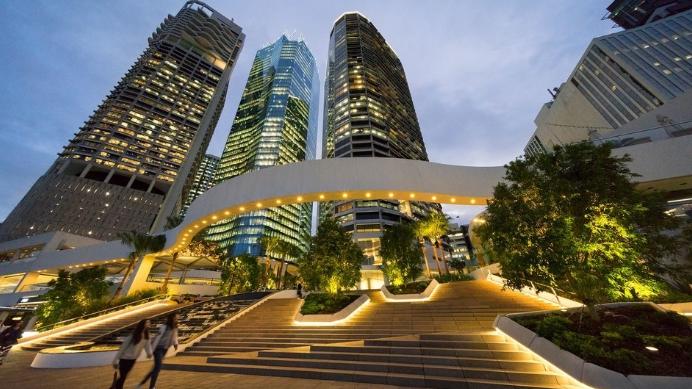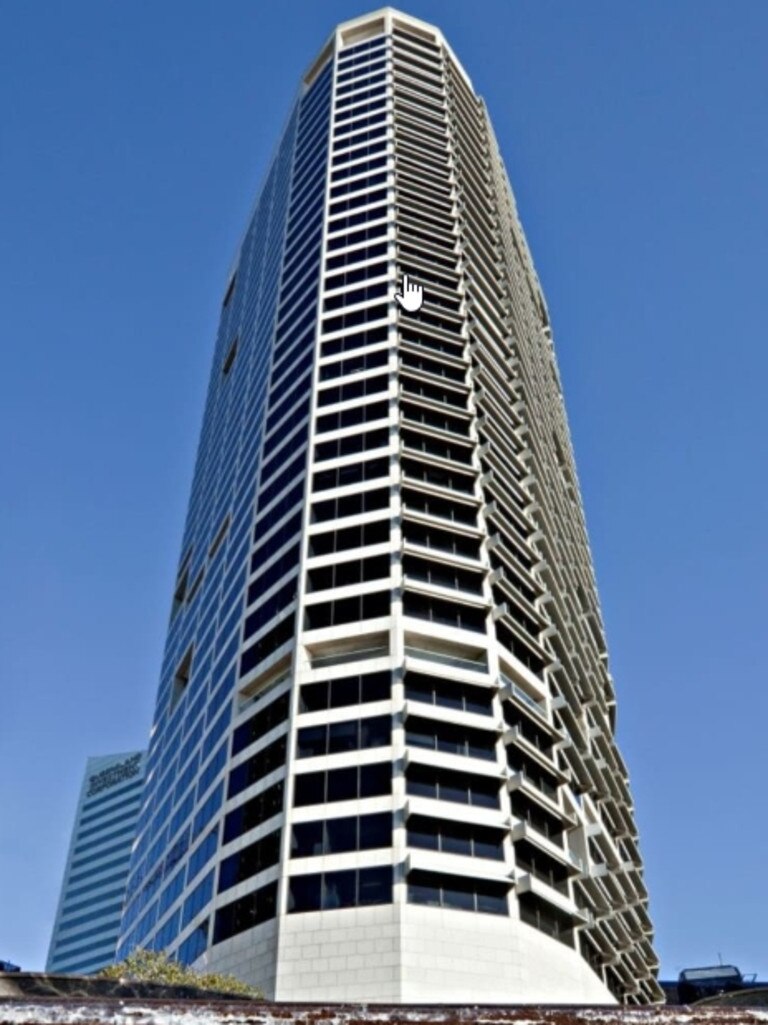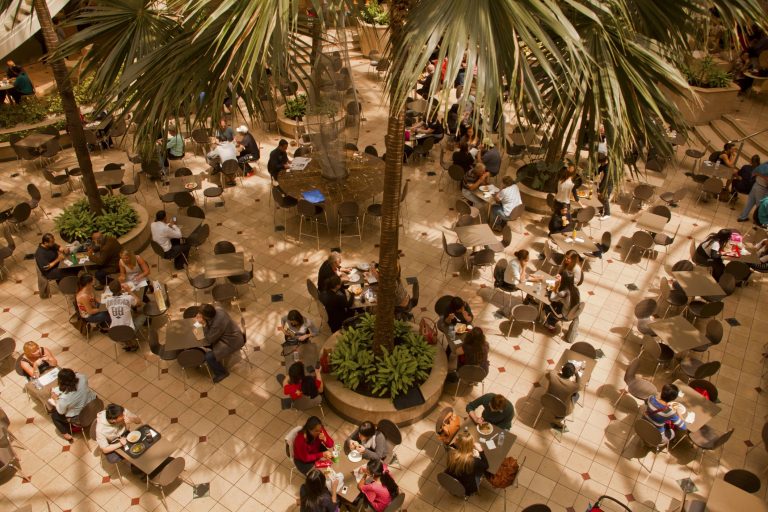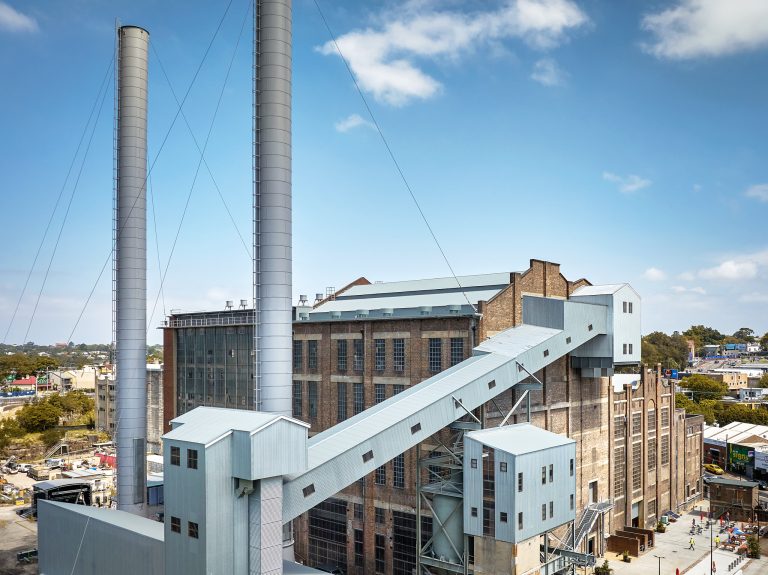Renowned architects back heritage listing of the Riverside Centre tower and precinct

Riverside Centre in the Brisbane CBD.
A renowned group of Queensland architects has backed a bid for a heritage listing to protect one of Brisbane’s pioneering waterfront office towers and precincts in the CBD.
Earlier this year Polly Seidler applied for the Riverside Centre to enter the Queensland Heritage Register as a State Heritage Place.
Ms Seidler’s father Harry Seidler, who died in 2006, designed the multi award-winning 40-storey tower and plaza at 123 Eagle St that was opened in 1986.
The application has been backed by four leading architects – Professor Lindsay Clare, former Queensland Government architects Malcolm Middleton and Philip Follent, and past president of the Institute of Architects Ed Hayson.
Prof Clare, who is the director of Clare Design, described the Riverside Centre as a “seminal piece of sophisticated commercial architecture” that received the prestigious Australian Institute of Architects Sir Zelman Cowan Award for Architecture in 1987.
“It is crucial that this project is recognised for its contribution to the heritage of Brisbane, and Queensland architecture,” he said.

Polly Seidler.
Long-term landlord GPT Group has submitted a development application for a 26-storey commercial office tower on the northern end of the precinct on the Pig N’ Whistle site next to the Riverside Centre.
Ms Seidler also made a submission to the Brisbane City Council claiming “provable false and deceptive claims” over the GPT Group’s development application.
A council spokesman said they were considering the matter after receiving correspondence from GPT Group. They have also been in contact with town planners Urbis.
GPT said they continued to work with Brisbane City Council to progress to the next stage of planning for a premium boutique office tower.
“As the long-term owner and manager of Riverside Centre, we are confident the scheme presents an exciting opportunity to add to the appeal of the existing precinct, while maintaining access to the Brisbane River and enhancing public space, entertainment and dining opportunities,” the company said.
“We remain committed to engaging with all stakeholders to deliver this asset for the future.”

Riverside Centre in the Brisbane CBD.
The Riverside Centre was considered Australia’s most prestigious and advanced office tower when it opened while the plaza is defined by single and two-level retail and plaza buildings for restaurants, shops, and banks set to the north and south boundaries of the site and providing ground level activation for both Eagle St and the public precinct.
Mr Follent said the Riverside Centre was one of the first buildings in Brisbane to address the riverside not only through its position and soft triangular planning arrangement that enabled views but also through its extensive and terraced platforms that fostered activity and created desirable pedestrian linkages.
“Such public use, enjoyment and promenading along the river’s edge has become an expected experience in modern cities but was not, at the time, anticipated by the city which was about to host the Brisbane Expo 1988,” he said.
“Riverside Centre was a well-timed catalyst and wake up call for this subtropical city. Apart from the generous city-shaping” initiative, the Riverside Centre contributed handsomely through proportions, materials of quality and detailing to the architecture of tall buildings.”
Mr Hayson said the Riverside Centre was a “hugely significant complex of buildings” for Brisbane, which at the time lagged behind Sydney and Melbourne and was regarded as a second tier city.
“More than any other building complex before it in Brisbane, Riverside Centre signalled the city had come of age and taken its place as an important Australian capital city. No longer would it be known as a branch office,” he said.
“It is a group of buildings that well deserve their listing as it signalled a turning point in Brisbane’s evolution as a recognised major destination.







